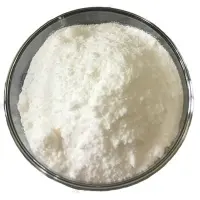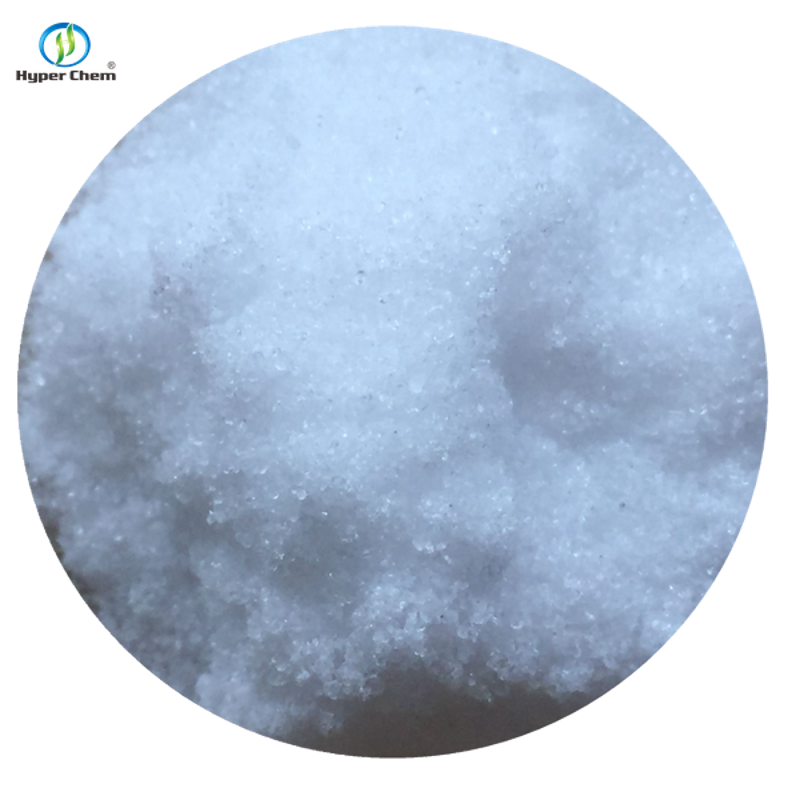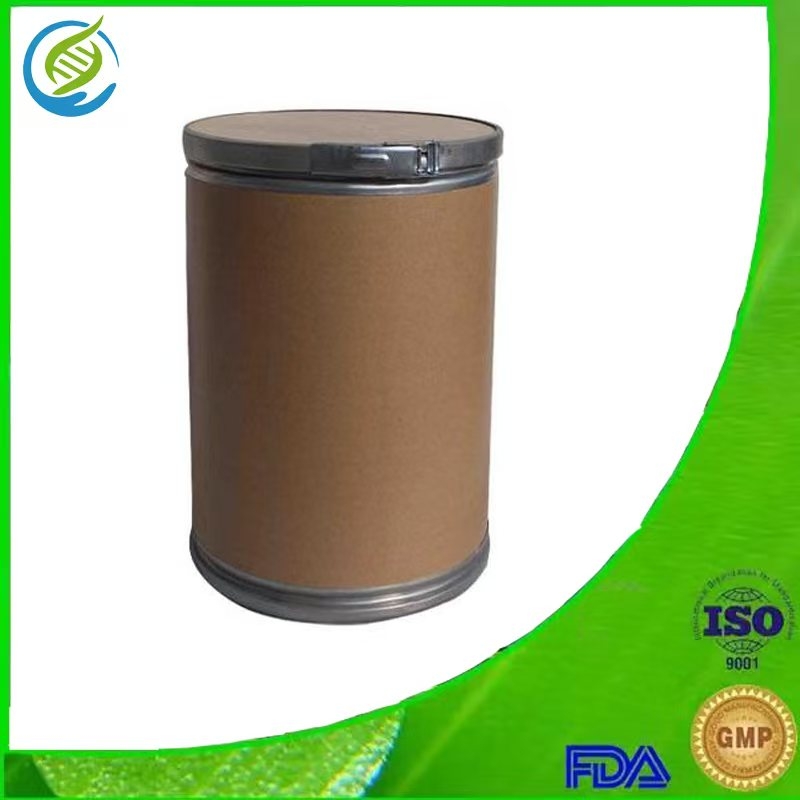-
Categories
-
Pharmaceutical Intermediates
-
Active Pharmaceutical Ingredients
-
Food Additives
- Industrial Coatings
- Agrochemicals
- Dyes and Pigments
- Surfactant
- Flavors and Fragrances
- Chemical Reagents
- Catalyst and Auxiliary
- Natural Products
- Inorganic Chemistry
-
Organic Chemistry
-
Biochemical Engineering
- Analytical Chemistry
-
Cosmetic Ingredient
- Water Treatment Chemical
-
Pharmaceutical Intermediates
Promotion
ECHEMI Mall
Wholesale
Weekly Price
Exhibition
News
-
Trade Service
*For medical professionals only
In the many previous tweets of Singularity.
com, I believe you already know roughly how cunning cancer cells are
.
They sometimes escape the surveillance of immune cells and can even use them to expand their territory
.
In addition, there are some mechanisms that make cancer cells "slippery", even in high-viscosity extracellular fluid, they are not blocked, but run faster!
Recently, a research team led by Professor Konstantinos Konstantopoulos of Johns Hopkins University found that the promotion of cell motility by high-viscosity extracellular fluid is achieved by regulating cytoskeleton, water channels and ion channels
.
And after leaving the high-viscosity environment, the cells can still maintain a more active migration ability
.
The study was published November 2 in Nature [1].
This study reveals for the first time the molecular regulatory mechanism of high-viscosity extracellular fluid affecting tumor metastasis, which may provide a new entry point
for tumor treatment and even morphogenesis-related research.
▲Screenshot of the paper
The role of the tumor microenvironment in tumor genesis and progression has been a hot spot recently, but did you know that in addition to a variety of non-tumor cells and cytokines, the physical properties of the microenvironment also regulate tumor metastasis?
Cells are affected by these physical stimuli when the external environment changes in stiffness, fluid shear stress, and hydraulic pressure [2-5].
Due to factors such as mucin secretion, obstruction of lymphatic return, and degradation of extracellular matrix by tumor cells and endothelial cells in the microenvironment, the viscosity of extracellular fluid in the tumor microenvironment is higher than that under healthy physiological conditions [6].
The environmental viscosity of conventional in vitro cell culture is similar to that of water, but the viscosity of the actual in vivo interstitial fluid can reach as much as 7 times that of water [7], and the viscosity of interstitial fluid can be further increased under the action of macromolecules such as mucin secreted by endothelial cells and tumor cells [8].
Previous studies have shown that in environments where viscosity is much higher than in vivo levels, the motility of both cancer cells and normal cells growing in the wall is enhanced [9, 10].
This phenomenon is quite counterintuitive, because life wisdom has long told us that the higher the viscosity of liquids, the worse
the fluidity.
▲ Breast cancer cells in high viscosity environment (right) are more likely to spread
Therefore, the mechanism behind this phenomenon may not be limited to physical effects, and there may also be more complex biological signaling
.
In addition, the molecular mechanism by which cells sense and respond to viscosity changes is still a problem
to be solved.
The researchers added macromolecules such as methylcellulose, dextran, or polyvinylpyrrolidone (PVP) to the medium, which can create a highly viscous culture environment without significantly changing the osmotic pressure
of the medium.
The results showed that regardless of the adherent culture or three-dimensional culture conditions, no matter what macromolecules were added, as long as the viscosity of the extracellular fluid increased, it would promote the movement of a variety of cells and the spread of
tumors.
Next, by further exploring the molecular mechanism behind active cell movement, the researchers found that the viscosity of the extracellular fluid increased, increasing the mechanical load of the cell, and promoting actin nuclear polymerization under the action of the actin-associated protein 2/3 (ARP2/3) complex, that is, the end of the new fiber attached to the existing fiber, forming a dendritic network
.
This dense actin network is concentrated at the leading edge of the cell and helps cells to extend their flaky pseudopodia and migrate
.
It seems that cells can also convert stress into power, but in cancer cells, such "power" is something we don't want to see
.
▲In a high viscosity environment, the plate-like pseudopodia protruded by cells is rich in actin (indicated by the red arrow)
In a high-viscosity environment (bottom), cells extend pseudopodia faster
Next, the Ezerin protein bound to actin anchors sodium and hydrogen ion exchange protein 1 (NHE1) to the front of the cell membrane, and NHE1 works synergistically with aquaporin 5 (AQP5) to promote water uptake by cells
.
After the cells absorb water and swell, the tension of the cell membrane also increases, activating the mechanical force/osmotic sensitive ion channels (MOSICs)
on the cell membrane.
Through screening, the researchers found that among the various MOSICs that allow calcium ions to pass through, only TRPV4 can be activated by high-viscosity extracellular fluid, and participate in cell movement, promoting calcium influx
.
At the same time, as the "chosen son" of MOSICs, TRPV4 can also increase the RHOA activity
at the front of the cell.
After the RHOA–ROCK–myosin II signaling pathway is activated, myosin IIA (MIIA), as the main effector protein that contracts cells, forms a locally higher pressure in the cell, which helps the cell to overcome the resistance
of the high viscosity environment during movement.
However, MIIA's functionality is not so specific
.
It is also involved in the disintegration of actin networks [11], which can disrupt dense actin networks
formed in high-viscosity environments.
At this time, thanks to the densely distributed sticky spots at the front of the cell, they firmly hold the stress fibers, so that the cells protrude smoothly at the front end without excessive shrinkage
under the action of MIIA.
In between this flaccidity, the cell naturally moves forward
.
▲Molecular mechanism of high-viscosity extracellular fluid to promote cell motility
▲In a high viscosity environment (bottom), cells move faster
At this point, how high-viscosity extracellular fluid promotes cell migration can be said to be very clear
.
But a new question arises: when cells migrate from a high-viscosity environment to a relatively low-viscosity environment, or even a normal environment, if this effect disappears, then the cells don't seem to be able to run far?
To further explore how long the cells' enhanced motility can be maintained in a high-viscosity environment, the researchers cultured the cells in a high-viscosity environment for 6 days and then transferred them to a normal viscosity environment
.
They found that even if the culture conditions returned to normal viscosity, the cells could still maintain a faster movement rate in a high-viscosity environment, and the "memory" of high viscosity depended on TRPV4
.
In vivo tumor models such as zebrafish, chicken embryos and mice, tumor cells that have been activated by TRPV4 in a high-viscosity environment can also maintain this "memory", and their migration and colonization capabilities are enhanced
.
Cells are really "as deep as the sea when they enter high viscosity, and they are passers-by from now on"!
▲ All high-definition GIFs of this paper can be found here
This study clearly elucidates the molecular mechanism of high-viscosity extracellular fluid promoting tumor metastasis, and by intervening in these biological processes in the future, scientists may be able to discover new targets for the treatment of
tumors.
In addition, the change of extracellular fluid viscosity to cells is not instantaneous, and even if it leaves a high-viscosity environment, the change of cells can still be maintained for a long time
.
Therefore, the role of high-viscosity stimulation in tumor progression and metastasis should not be underestimated, and perhaps new cancer treatments can be found from the perspective of physics
.
The study also found that the effect of high-viscosity extracellular fluid in promoting cell motility was not limited to cancer cells, but also had a similar effect
on normal cells.
In addition to tumor metastasis, cell migration behavior also exists widely in morphogenesis, wound healing, immune response and other processes, and whether high-viscosity environments are also involved in these activities needs to be further explored
in the future.
References:
[1] Bera K, Kiepas A, Godet I, et al.
Extracellular fluid viscosity enhances cell migration and cancer dissemination.
Nature.
2022; 611(7935):365-373.
doi:10.
1038/s41586-022-05394-6
[2] Discher DE, Janmey P, Wang YL.
Tissue cells feel and respond to the stiffness of their substrate.
Science.
2005; 310(5751):1139-1143.
doi:10.
1126/science.
1116995
[3] Yankaskas CL, Bera K, Stoletov K, et al.
The fluid shear stress sensor TRPM7 regulates tumor cell intravasation.
Sci Adv.
2021; 7(28):eabh3457.
Published 2021 Jul 9.
doi:10.
1126/sciadv.
abh3457
[4] Zhao R, Afthinos A, Zhu T, et al.
Cell sensing and decision-making in confinement: The role of TRPM7 in a tug of war between hydraulic pressure and cross-sectional area.
Sci Adv.
2019; 5(7):eaaw7243.
Published 2019 Jul 24.
doi:10.
1126/sciadv.
aaw7243
[5] Renkawitz J, Kopf A, Stopp J, et al.
Nuclear positioning facilitates amoeboid migration along the path of least resistance.
Nature.
2019; 568(7753):546-550.
doi:10.
1038/s41586-019-1087-5
[6] Park S, Jung WH, Pittman M, Chen J, Chen Y.
The Effects of Stiffness, Fluid Viscosity, and Geometry of Microenvironment in Homeostasis, Aging, and Diseases: A Brief Review.
J Biomech Eng.
2020; 142(10):100804.
doi:10.
1115/1.
4048110
[7] Yao W, Shen Z, Ding G.
Simulation of interstitial fluid flow in ligaments: comparison among Stokes, Brinkman and Darcy models.
Int J Biol Sci.
2013; 9(10):1050-1056.
Published 2013 Nov 5.
doi:10.
7150/ijbs.
7242
[8] Kufe DW.
Mucins in cancer: function, prognosis and therapy.
Nat Rev Cancer.
2009; 9(12):874-885.
doi:10.
1038/nrc2761
[9] Gonzalez-Molina J, Zhang X, Borghesan M, et al.
Extracellular fluid viscosity enhances liver cancer cell mechanosensing and migration.
Biomaterials.
2018; 177:113-124.
doi:10.
1016/j.
biomaterials.
2018.
05.
058
[10] Pittman M, Iu E, Li K, et al.
Membrane ruffling is a mechanosensor of extracellular fluid viscosity.
Nature Physics.
2022/09/01 2022; 18(9):1112-1121.
doi:10.
1038/s41567-022-01676-y
[11] Bergert M, Chandradoss SD, Desai RA, Paluch E.
Cell mechanics control rapid transitions between blebs and lamellipodia during migration.
Proc Natl Acad Sci U S A.
2012; 109(36):14434-14439.
doi:10.
1073/pnas.
1207968109
The author of this article Chu Yi
Responsible editorDai Siyu







